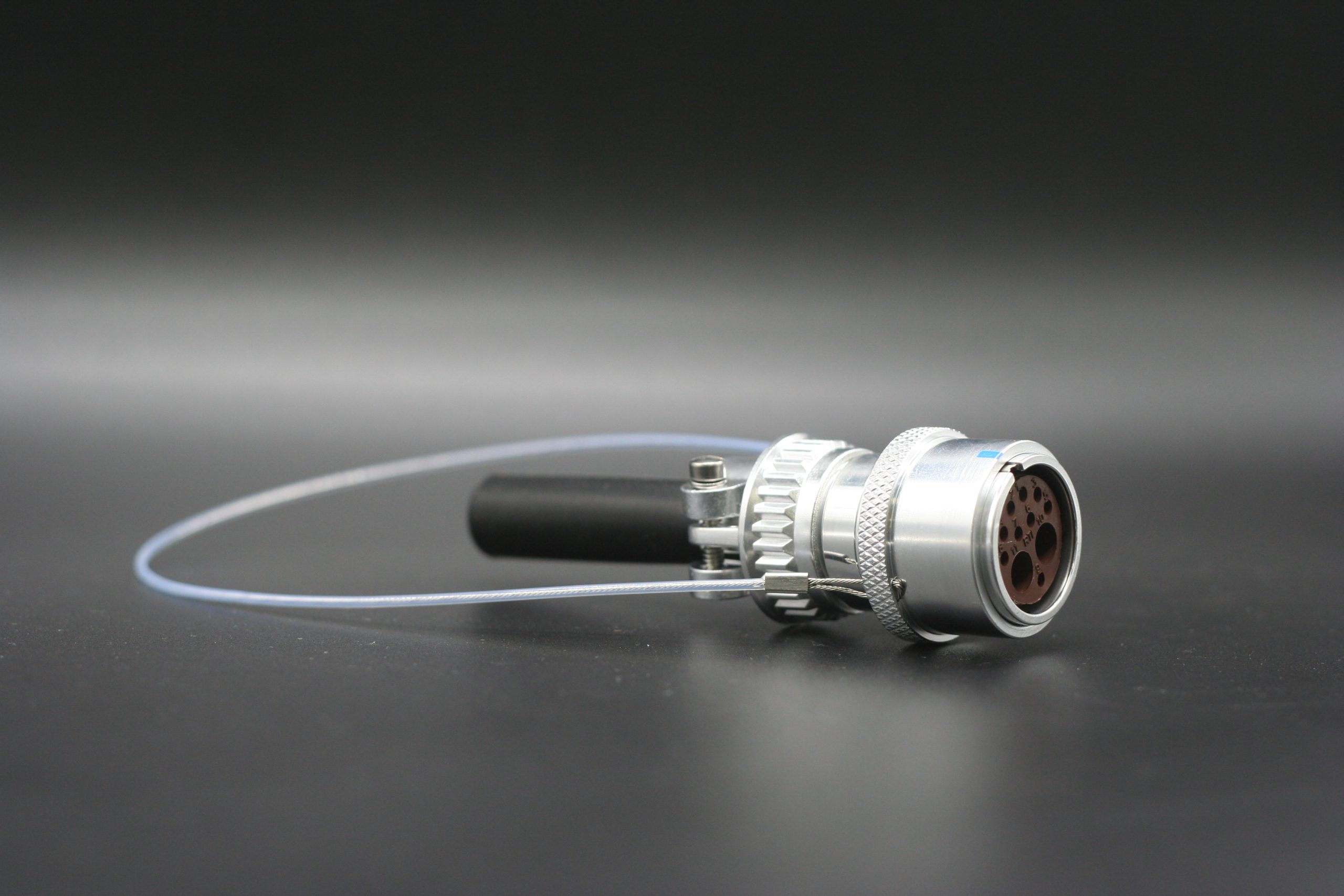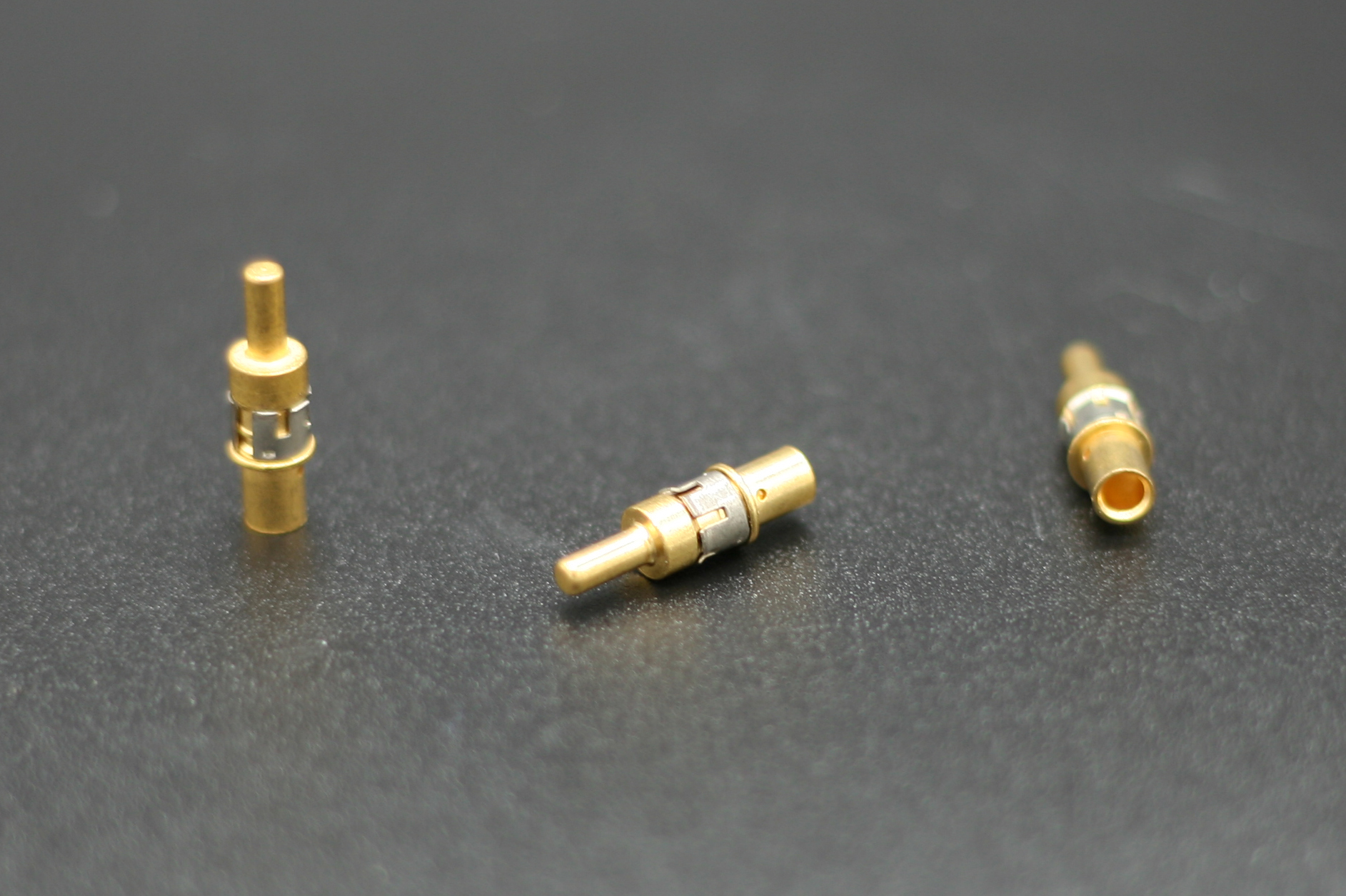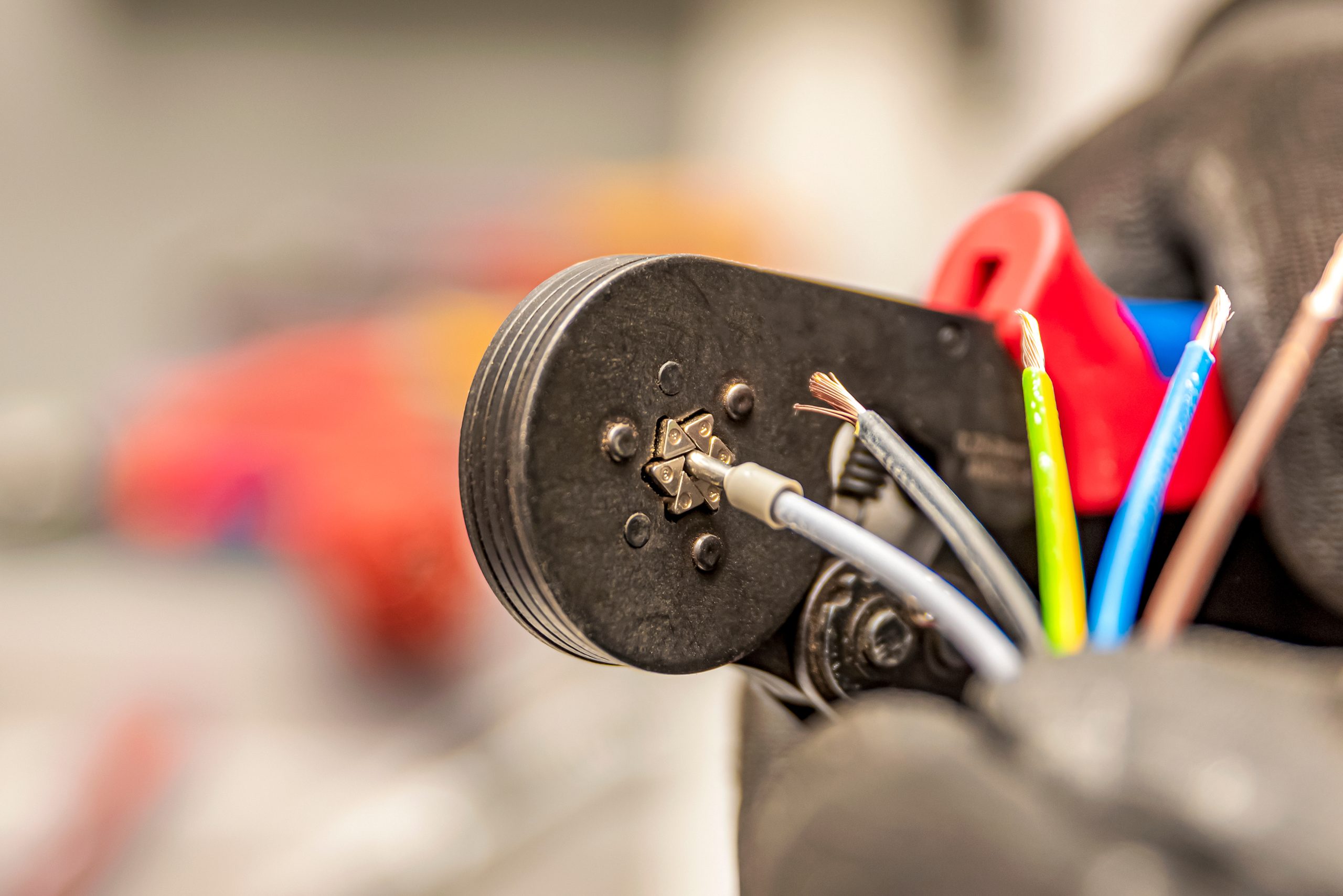In the realm of electrical connections, two techniques often come to the forefront: soldering and crimping. Both methods have unique strengths and weaknesses, making them suitable for different applications. In this comprehensive guide, we delve deeper into the world of soldered and crimped cable connectors, providing you with a detailed comparison to help you make an informed decision.

Cable connectors are a crucial component in a wide array of electrical applications. They serve as the bridge that facilitates the flow of electrical current from one device to another. The quality of these connections can significantly influence the performance and reliability of the entire system, underscoring the importance of choosing the right connection method.
Soldering is a process that involves the use of a filler material known as solder to join two metal pieces together. People have used this method for thousands of years, with early examples dating back to Mesopotamia over 5,000 years ago. The solder melts using a soldering iron, and when it cools, it forms a strong, electrically conductive bond between the components. Soldering is often the go-to choice for attaching electrical components during PCBA assembly.
Soldering begins with the application of flux to the parts that need joining. The flux cleans the metal surfaces and helps the solder flow evenly. The soldering iron, heated above 600℉, is then used to melt the solder onto the joint. The melted solder fills the gaps between the wires and, upon cooling, forms a strong and permanent bond.

Crimping, on the other hand, is a method that uses a tool to deform a metal piece, usually a connector, to hold a cable. Unlike soldering, crimping doesn’t require heat. The crimping tool compresses the connector around the cable, creating a secure and reliable mechanical and electrical connection. Crimping is often the preferred choice for most applications due to its ease and speed.

Crimping involves using a crimping tool to install a connector on a cable. The process can be performed by hand using calibrated crimping tools or automated machines. The crimping tool applies pressure to the connector, deforming it around the cable and creating a secure connection. Properly crimped wire strands can create a “cold weld,” a strong and reliable connection.
When comparing soldered and crimped cable connectors, several factors come into play. These include the time taken to make the connection, the ability of the connection to withstand vibration, the tools required, and the reliability of the connection.
Soldering, while offering a strong and permanent bond, can be time-consuming and requires a certain level of skill to ensure a good connection. It also requires a heat source, which can be a safety concern in some environments.
On the other hand, crimping is quicker and easier to perform, especially with the right tools. It doesn’t require heat, making it a safer option in many environments. However, if not done properly, crimped connections can loosen over time, leading to unreliable performance.

Soldering offers several advantages, including a strong, permanent bond and improved electrical conductivity. It also allows for a high degree of flexibility in terms of wire layout. However, soldering also has its downsides. It is labor-intensive, time-consuming, and requires a certain level of skill. Additionally, soldering can lead to connections succumbing to mechanical or temperature stresses, potentially damaging the components.
Crimping, on the other hand, offers a more flexible, heat-resistant, and vibration-resistant connection. It is also consistent and provides strong and reliable connections. However, crimping requires specific tools, and there’s a potential for damaging the connector with the wrong tool. Additionally, if a crimped connection fails, you’ll need to replace the entire cable assembly.
The choice between soldering and crimping largely depends on the specific application and environment. Factors such as the expected vibration, temperature, and the required reliability of the connection all play a role in this decision. For instance, in the automotive industry, crimped connections are often preferred over soldered ones due to their superior performance under vibration and temperature changes.

While crimp cable connectors are versatile and useful in many situations, there are certain scenarios where they may not be the best choice:
• High Precision Applications: Crimp connectors might not be suitable for high precision applications where a very specific amount of contact resistance is required. Soldering can provide a more predictable and consistent level of resistance.
• Small, Delicate Components: Crimping requires a certain amount of force, which could potentially damage small, delicate components. In such cases, soldering might be a better option.
• Permanent Installations: While crimp connectors can be quite durable, they may not be as permanent as soldered connections. If the connection is intended to be permanent and won’t require future disconnection for maintenance or adjustments, soldering might be a better choice.
• High Heat Environments: Crimp connectors can sometimes loosen under high heat conditions. If the connector will be exposed to high temperatures, a soldered connection might be more reliable.
• Lack of Proper Tools: Crimping requires specific tools to be done correctly. If the proper tools are not available, or if the person doing the crimping is not trained in their use, it can lead to poor quality connections.

While solder cable connectors are widely used and versatile, there are certain situations where they might not be the best choice:
• High-Vibration Environments: Soldered connections can sometimes be brittle and may crack under high-vibration conditions. In such cases, crimped connections, which are more resistant to vibration, might be a better choice.
• High Heat Environments: The solder melts under high heat, so if you’re planning to expose the connector to high heat, a crimped connection might be more reliable.
• Large Wire Gauges: Soldering can be challenging with large wire gauges, as it can be difficult to adequately heat the wire for the solder to flow properly. Crimping is often a better choice for larger wires.
• Quick Assembly Requirements: Soldering can be time-consuming, especially for large numbers of connections. If quick assembly is required, crimping might be a more efficient method.
• Safety Concerns: Soldering involves the use of a hot soldering iron and molten solder, which can pose a burn risk. In environments where safety is a concern, crimping might be a safer choice.
• Lack of Proper Tools or Skills: Soldering requires specific tools and a certain level of skill to ensure a good connection. If the proper tools are not available, or if the person doing the soldering is not trained in their use, it can lead to poor-quality connections.
In conclusion, both soldering and crimping have their place in the realm of electrical connections. The choice between soldered and crimped cable connectors depends on various factors, including the specific application, environmental conditions, and personal preference. By understanding the pros and cons of each method, you can make an informed decision that best suits your needs.
If you’d like to learn more about our cable connectors or any of our other products, you can contact us here. We are more than happy to help you with your current and future projects. Be sure to sign up for our newsletter here, so you’ll never miss another blog post again.